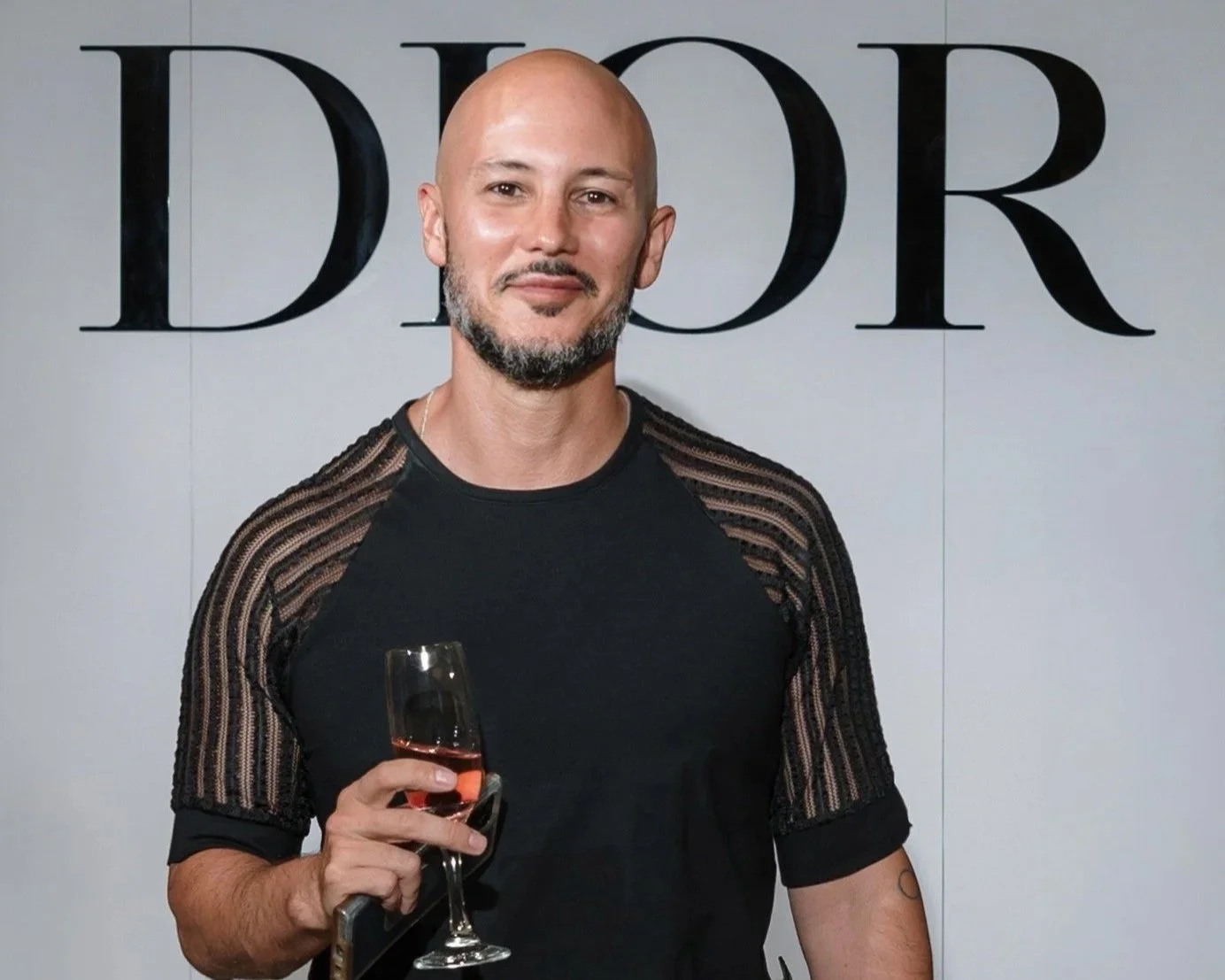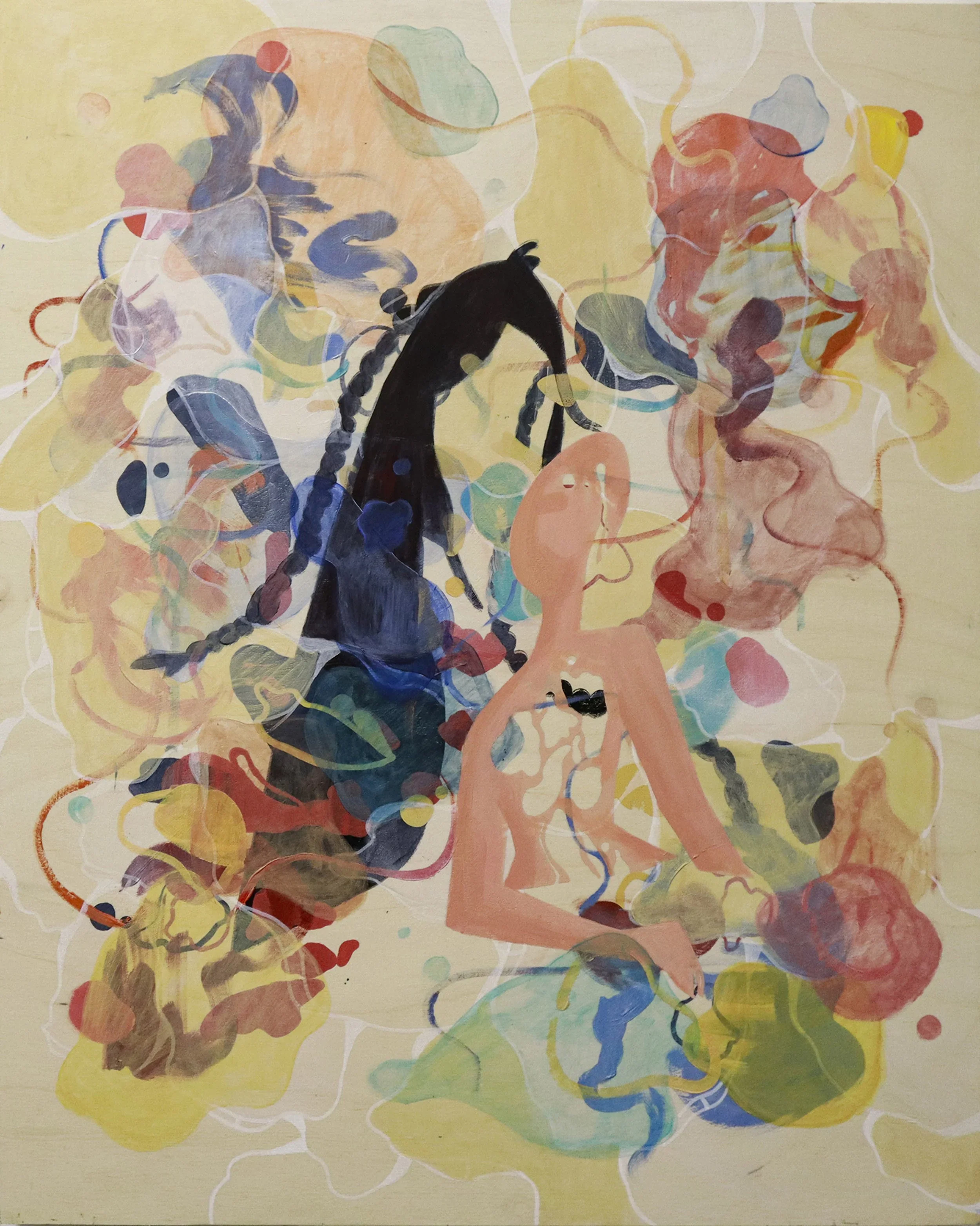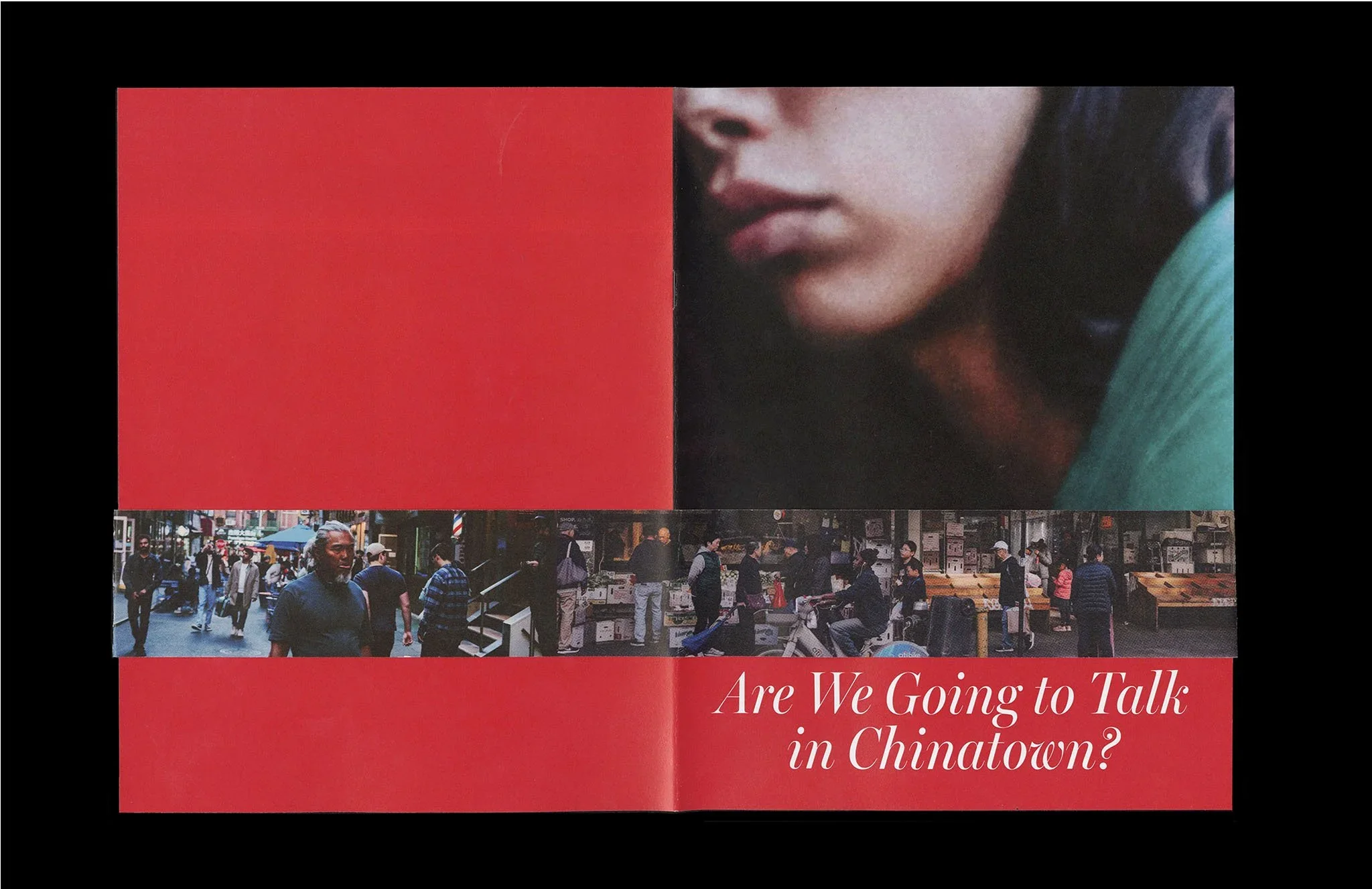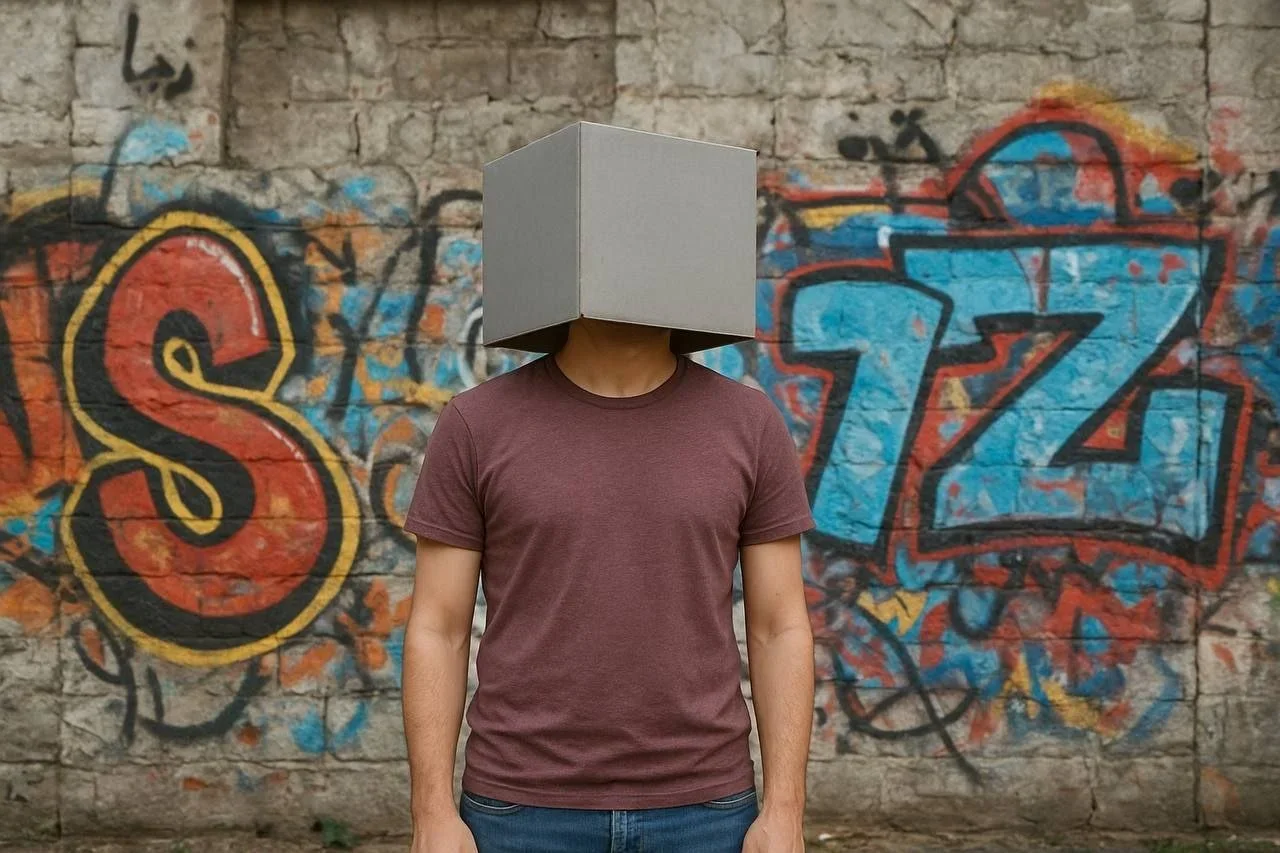Kfir Galatia-Azulay, Suly Bornstein Wolff
TEMPORARY STRUCTURES, ETERNAL STRUCTURES
Curated by Vera Pilpoul
Currently on view at Palazzo Mora in Venice, Temporary Structures, Eternal Structures is a collaborative project by Kfir Galatia‑Azulay and Suly Bornstein Wolff, created specifically as a duo installation. Their work is featured as part of the expansive international group exhibition organised by ECC‑Italy (European Cultural Centre – Italy), an institution that has, for over a decade, fostered dialogue among artists from around the world. This year’s exhibition spans two historic Venetian palazzos, Palazzo Mora and Palazzo Bembo, as well as their adjacent gardens, creating a network of artistic inquiry into the meaning of place, memory, and structure.
ECC–Italy: A Decade of International Exchange
For the past ten years, ECC–Italy’s Time Space Existence exhibition series has invited artists, architects, and designers to respond to the complexities of the contemporary world through ambitious, site-responsive works. By hosting projects across multiple palazzos and gardens during the Venice Biennale, ECC–Italy provides a rare platform for encounters between established and emerging practices, linking diverse voices in architecture and the visual arts.
Kfir Galatia Azulay & Suly Bornstein Wolff. Time Space Existence 2025, Palazzo Mora. Photo credits Celestia Studio
The Project: Between Permanence and Ephemerality
Within this international context, Galatia‑Azulay and Bornstein Wolff’s duo project explores the paradox at the heart of architecture: the interplay between what is built to last and what is destined to dissolve. Their work is a meditation on resilience and impermanence, material presence and conceptual fragility.
Galatia‑Azulay assembles structures, part ruin, part memory, where fracture and absence shape the space as much as what remains. Bornstein Wolff, in dialogue, creates ephemeral architectures from paper, gauze, and wire, their outlines dissolving into air, proposing the blueprint rather than the monument.
The Dialogue
The two artists’ approaches, though materially distinct, resonate in their shared exploration of structure as both shelter and threshold. Solidity and transience converse across their work, asking viewers to consider what is preserved, what is lost, and what survives only as an echo or a trace.
Curatorial Framing
Temporary Structures, Eternal Structures is not a solitary statement, but a dialogue within a wider landscape of artistic voices. At Palazzo Mora, amidst a constellation of international projects, the duo’s work stands as a meditation on what it means to build, to remember, and to let go. The installation invites visitors to experience architecture as a process, one that is at once personal and collective, fleeting and enduring.
Venice itself, city of water, palimpsest, and restoration, offers the perfect stage for this inquiry. Here, the duo project by Galatia‑Azulay and Bornstein Wolff becomes a prism for reflecting on time, survival, and the quiet persistence of art in the face of change.
The exhibition is on view till mid November 2025.
The artist
Kfir Galatia-Azulay - Portrait
Kfir Galatia-Azulay
Kfir is an architect, engineer, multidisciplinary designer, artist, and the founder of KOT Architects. His work merges innovation and tradition, balancing engineering precision with artistic sensitivity while exploring the relationships between unique details, forms, and materials.
Suly Bornstein Wolff - Portrait
Suly Bornstein Wolff
Suly is a multidisciplinary artist who creates objects, installations, and paintings from various recycled materials. In her latest project, she repurposes wood shards and offcuts, transforming them into forms that reflect reductive formal structures. Through this process, she explores themes of simplicity, habitat, and the multifaceted nature of human existence.
Interview with Suly Bornstein Wolff and curator Vera Pilpoul
You are back in Venice with a new project. How did this new series come to be, and what led you to present it at Palazzo Mora as part of Temporary Structures, Eternal Structures?
Suly: The series grew from a studio habit that borders on stubbornness: I keep what others discard, offcuts, splinters, failed supports, materials with a past life. In conversations with Kfir Galatia-Azulay and our curator, Vera Pilpoul, we realised we were circling the same question from opposite sides: what holds, and what inevitably gives. Venice, where maintenance is a daily ritual, felt like the right testing ground. Palazzo Mora’s layered architecture became an ally, a palimpsest of repairs hosting a dialogue on endurance. Its quiet, enduring beauty keeps calling me back. In 2024, I exhibited another installation there, entirely made of glass.
The series continues your exploration of recycled materials and reductive formal structures. Could you tell us more about these works and the ideas you wish to convey?
Suly: The forms are deliberately spare, modules, stacks, spans. Reduction here isn’t about aesthetic minimalism; it’s about letting the seam and the joint become visible content. I’m drawn to how a structure declares its own survival. For years, I’ve accumulated readymades alongside fragments I generate from my own studio remnants. The ambition to re-compose a whole from shreds, while letting the breakage show, is central to my practice.
Kfir Galatia Azulay & Suly Bornstein Wolff. Time Space Existence 2025, Palazzo Mora.
For this project, you work with wood shards and offcuts, transforming discarded fragments into new forms. What drew you to these materials, and how do they speak to impermanence and renewal?
Suly: Walking through industrial zones, I kept noticing heaps of discarded wood outside factories. The material felt like it was calling me. Wood registers time: it warps, absorbs moisture, remembers pressure. Offcuts come with built-in asymmetries; they force invention. For me, renewal isn’t about redemption, but re-tasking: allowing a fragment to retain its scars while assuming a new function. I avoid erasure. You’ll often see numbers from the mill, saw marks, and traces of past use. The past remains legible.
Vera: In conservation terms, she privileges “reversibility.” These works could, in principle, be disassembled without violence. That reversibility is both method and metaphor.
In the exhibition, your pieces enter into dialogue with Kfir Galatia-Azulay’s marble structures. How did this material and conceptual exchange shape your collaboration?
Suly: Marble arrives with the aura of permanence; offcut wood is coded as temporary. We wanted to interrogate those assumptions. Kfir exposes marble’s classical lineage, its role in the architecture of power, and in Western ideals of form, while I test wood’s capacity to endure through flexibility. Between us, the “eternal” and the “temporary” trade places. The boundary between them becomes porous.
Vera: We calibrated proximities, how a wooden span “bridges” toward a marble mass without touching, how shadows interlock. The dialogue is spatial, not just conceptual. Each element responds to the other’s presence.
The project was conceived by curator Vera Pilpoul as a duo installation. What did collaboration mean here, and how did your different backgrounds shape the outcome?
Suly: Collaboration with Kfir meant agreeing on constraints rather than imposing a shared style. We established rules regarding footprint, elevation, and clearances, and then negotiated exceptions. My background in material reuse brings a tolerance for irregularity; Kfir’s architectural training instils proportion and clarity. The installation lives in that overlap: disciplined improvisation.
Vera: A few years ago, I brought them together, sensing their potential to form a visual and conceptual duet. Still, it took over five years to align the three of us in the same space and time to make it real.
Kfir Galatia Azulay & Suly Bornstein Wolff. Time Space Existence 2025, Palazzo Mora. Photo credits Celestia Studio
Kfir Galatia Azulay & Suly Bornstein Wolff. Time Space Existence 2025, Palazzo Mora. Photo credits Celestia Studio
Kfir Galatia Azulay & Suly Bornstein Wolff. Time Space Existence 2025, Palazzo Mora. Photo credits Celestia Studio
Kfir Galatia Azulay & Suly Bornstein Wolff. Time Space Existence 2025, Palazzo Mora. Photo credits Celestia Studio
What was the process of dialogue and exchange with Kfir like? Did you respond to each other’s work, or construct in parallel?
Suly: Both. We sketched in parallel, then tested the pieces on-site, moving a module five centimetres, rotating a marble mass to redirect a line of force. Response happened through placement more than speech. Sometimes one of my wooden forms sparked a marble counterpoint by Kfir. Other times, his logic of weight and tension led me to rework a piece. The plan yielded to the space, and then the space taught us the plan.
The title Temporary Structures, Eternal Structures seems to encapsulate a tension between fragility and endurance.How do you interpret this contrast in your work, and how does it resonate with Palazzo Mora?
Suly: I don’t read “eternal” as infinite time. For me, it signals an ethic of care repeated without end. A temporary structure becomes eternal if the act of tending it continues. Palazzo Mora embodies this ethic: its longevity comes not from fixity but from cyclical repair. My works lean into that logic, durability through adjustability.
Vera: The title names a hinge, not a dichotomy. At Palazzo Mora, this hinge is visible: this is a historical shell, contemporary insertions, ongoing upkeep. We also played with the juxtaposition between the white marble Kfir selected, so steeped in classical tradition, and the modular, fragmented wood forms Suly assembled. Both artists are proposing architecture as a gesture.
Venice, a city suspended between water and stone, temporality and resilience, seems to mirror many of your themes. Did the Venetian context influence your process or the final installation?
Suly: My practice absorbs many references, visual, philosophical, material, and Venice is undoubtedly one of the most persistent. It always evokes Invisible Cities by Italo Calvino, a book that has shaped my thinking for years. In it, cities are described as weavings of memory and desire, where the visible is only one stratum. In Venice, these metaphors are spatially real. The city’s porousness, its ceaseless negotiation with water, time, and decay, resonates deeply with the questions I return to.
Vera: Venice is not just a context, it’s a collaborator. The architecture that appears to float, the tidal rhythms, the fog, the oblique light refracting off stone surfaces, all of this entered our process. The installation reflects these sensibilities: surfaces angled to catch lateral light, compositions that register the horizon line. Both artists were drawn to Venice’s duality: fragile yet enduring, fractured yet held together.
Kfir Galatia Azulay & Suly Bornstein Wolff. Time Space Existence 2025, Palazzo Mora. Photo credits Celestia Studio
The audience in Venice is international and diverse. Have visitors’ interpretations revealed new readings you hadn’t anticipated?
Suly: A visitor from a boatyard saw ribbing and bulkheads; an architect read the forms as provisional scaffolds; a conservator noted the ethics of reversibility. These are productive readings. They confirm that the work operates structurally first, metaphorically second. Viewers locate themselves in it through their own knowledge and practice.
Vera: This multiplicity of interpretations affirms the work’s open grammar. It’s not fixed; it completes itself through the gaze and discipline of each viewer.
Looking beyond Venice, how do you see these themes evolving in your future work? Any new materials or directions you’re eager to explore?
Suly: I’ll continue working with materials that record time: charred wood, my own oil-on-canvas paintings cut and repurposed into new ones, and glass vessels. I’m especially interested in hybrid joints that fuse traditional carpentry with discreet metal armatures, preserving reversibility while expanding reach. Conceptually, I want to push “maintenance as form” further: could a schedule, a protocol, or a repair manual be part of the artwork itself?
A year ago, I created a site-specific wall relief using only salvaged wood. Initially, we feared it wouldn’t survive rain or sun. But a year and a half later, the wall sculpture has matured, weathered, tinted, and become more evocative. That slow transformation is powerful. I’ve since been invited to create another outdoor wall installation for a municipal gallery. I’d be delighted to share images with your readers.
Artist’s Talk
Al-Tiba9 Interviews is a curated promotional platform that offers artists the opportunity to articulate their vision and engage with our diverse international readership through insightful, published dialogues. Conducted by Mohamed Benhadj, founder and curator of Al-Tiba9, these interviews spotlight the artists’ creative journeys and introduce their work to the global contemporary art scene.
Through our extensive network of museums, galleries, art professionals, collectors, and art enthusiasts worldwide, Al-Tiba9 Interviews provides a meaningful stage for artists to expand their reach and strengthen their presence in the international art discourse.























